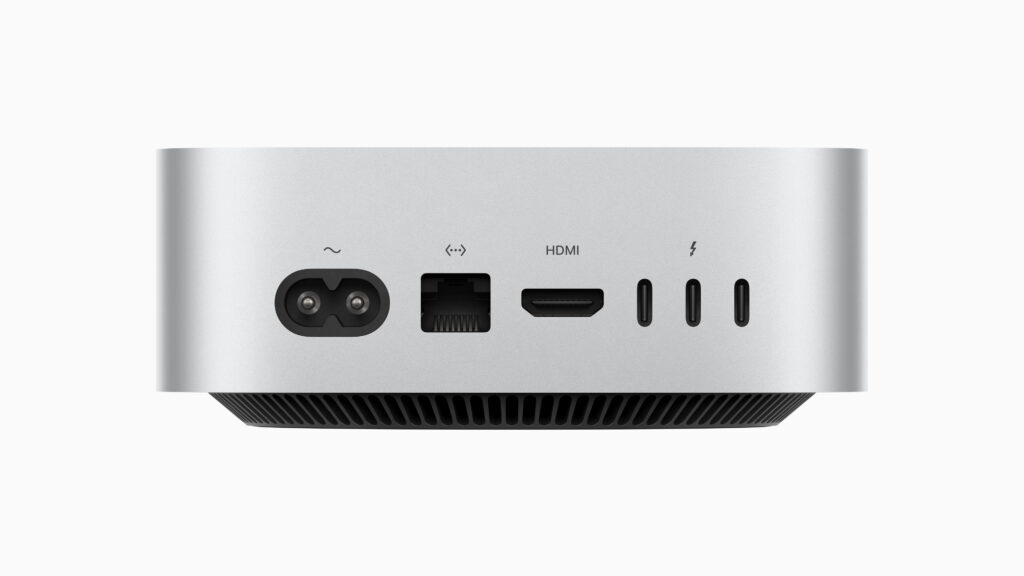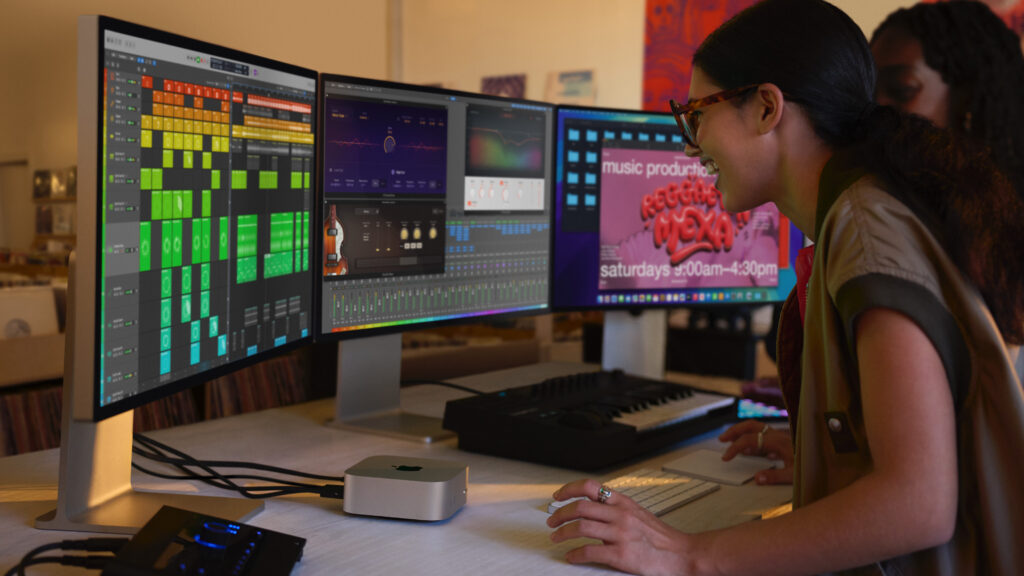Preview: Apple’s Updated Mac Mini Is Smaller Than Ever
Small, powerful, efficient, and relatively inexpensive, it’s the best entry desktop available.

The week’s Mac line updates continue apace. Yesterday, Apple unveiled a new iMac all-in-one desktop, now with USB-C accessories and their latest M4 processor. While those features are also true of the new Mac Mini, it comes with some physical changes as well. Namely, it’s even smaller.
The Mac Mini has been one of Apple’s most underappreciated, neglected products because it’s so simple: just a little metal box with ports on the front and back, and the components of a computer inside. The previous-gen versions were great little computers—taking up minimal space on your desk while offering decent power at relatively low cost—and that’s even more true with the new version, which is the first major revision to the form factor since 2010.
Sure, it looks the same—it’s just another curved silver box—but now it measures just 5 inches long and 5 inches wide. This is one of the benefits of Apple’s in-house chips running an ARM architecture, like a smartphone; they’re much more power-efficient than x86 chips, so they produce less heat and can be packed into far smaller devices.
Despite its small size, this is still a capable, port-rich machine. The base version comes with two USB-C ports and a 3.5mm headphone/microphone jack at the front, while the rear features three more USB-C/Thunderbolt ports, along with Ethernet and HDMI. Note that, compared to the last-generation Mac Mini, this no longer comes with the older USB-A standard, which is somewhat frustrating if you have older peripherals.

The new Mac Mini comes in two main versions: the M4 base version, starting at $599, and the more powerful M4 Pro version, starting at $1,399. Physically, both are identical, but the M4 Pro gets the faster brand-new Thunderbolt 5 speed for its USB-C ports, whereas the standard M4 uses Thunderbolt 4. The Mini still can be configured with a 10-gigabit Ethernet port and up to 8TB of storage—which nobody should, or will, pay for.

The M4 version starts at 16GB of RAM but can be upgraded to 32GB—which I would recommend—while the M4 Pro version can be configured with up to 64GB and goes from 10 CPU cores and 10 GPU cores to 14 CPU cores and 20 GPU cores.
The standard M4 Mac Mini is a solid recommendation if you want an easy-to-use, relatively inexpensive desktop computer, though the M4 Pro is a tougher sell. It’s powerful, but you’ll be sacrificing performance in exchange for its petite frame, and for professional use, I would just size up. Regardless, like the iMac, it’s available for pre-order today and goes on sale on November 8th.

